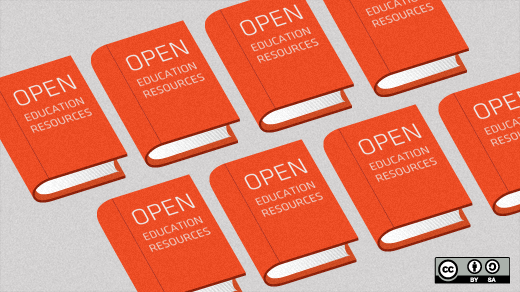Digital technology and open educational resources have enormous potential and power with young children. For parents of special needs children, especially those who are blind or visually impaired, dyslexic, or physically or cognitively impaired, the situation is compounded. Parents usually have to advocate to ensure that teachers and schools, even preschools, have educational materials are accessible and available for their child's use.
In fall 2011, Auburn, Maine became the first public school district in the United States to distribute iPads to kindergarten students and use them on a 1:1 basis. Auburn is relying on iPads to close the achievement gap with kindergarten students and is part of a long-term literacy program. The results claim that kindergarten students who used the iPads showed slightly higher language skills and levels of engagement with learning.
Yet how well a child performs in school depends a lot on their ability to process information and their overall development. Approximately 20% of children struggle to read and extract meaning from print. Of these, many are learning disabled and have visual deficits such as visual perception skills that go undetected and undiagnosed. For children with print disabilities, the situation with accessibility and availability to open educational resources is troublesome. Fewer than 5% of books are available in accessible formats, such as digital text or digital Braille, to those who are blind or visually impaired. Worse, nearly all the open educational resources are either patently inaccessible to students with print disabilities or not configured to work with existing assistive technologies.
Every school district in America is federally mandated to make accommodations or modifications for special needs children under the Americans with Disabilities Act of 1990 (ADA) and Section 504 of the Rehabilitation Act of 1973 (section 504) – but requiring the use of an emerging technology in a classroom when the technology (hardware or software) is inaccessible to an entire population of individuals is discrimination if accommodations and modifications are not made and the technology is not equally effective and equally integrated. If a school district requires the use of free or open source materials which are inaccessible to those with disabilities, they may be in breach of federal law. When schools only respond on an ad-hoc basis to individual requests for accommodations, they are violating ADA regulations. Schools must not acquire, offer, or recommend technology that is inaccessible to those with print disabilities. They must make sure websites, search engines, and games, for instance, are ADA complaint.
Approximately one out of five Americans has some form of disability; nearly every school district in America has a student who struggles to read and/or extract meaning from print. As digital technology continues to play a larger role in society and as we increasingly live in a digital world, demands on students are multiplying. Those with disabilities, especially the blind and visually impaired, face greater demands and a true digital divide with barriers to overcome and participate in a digital world. Web accessibility is a civil rights issue as it is contributing to a digital divide in access for people with disabilities. Several American colleges and universities face lawsuits over web accessibility issues for the blind and visually impaired.
At the preschool, kindergarten, and elementary levels, primary instructional materials are still largely in print, but as schools are increasingly using digital instructional tools and materials in the classroom, they must ensure such digital tools and materials are user-friendly for children with print disabilities under federal law. All students must and should be able to access an institution's hardware or software, including open educational resources, despite any disabilities. Recognizing the need to improve educational for all, including the blind or visually impaired or learning disabled, should be the cornerstone of open educational resources and publicly-funded institutions. Access and availability to open educational resources and digital technology are key to increasing a child's independence and quality of life. Access and availability to open educational resources and digital technology can eliminate barriers traditionally imposed on those with print disabilities.
The discussion on the use and effectiveness of open educational resources and digital technology with young children often centers on typically developing children who are not dyslexic, learning disabled, or visually impaired. But public schools and public libraries serve to be inclusive and accessible to all learners. A child's first encounters with print occur early in life and must be accessible and available to them. If not, a child may become frustrated with school and see themselves as a failure, even in kindergarten. This can create lifelong barriers. Open educational resources and digital technologies must be accessible and available to all, including young children. The National Instructional Materials Access Center (NIMAC), the National Center on Accessible Instructional Materials (NCAIM) and non-profit organizations, such as LD Online and American Federation for the Blind are working to identify strategies or solve problems to help children learn with them.







4 Comments